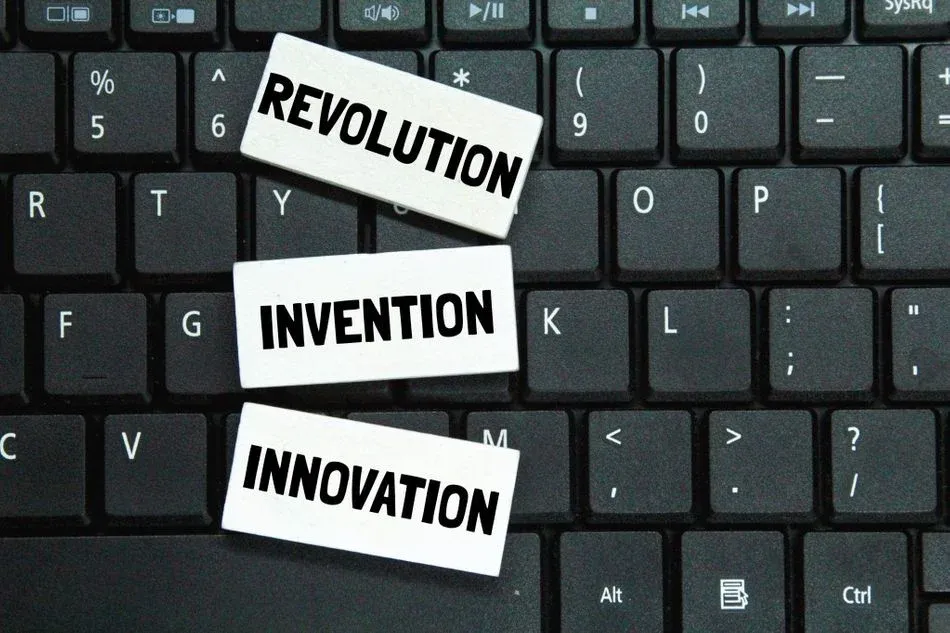Have you ever tried to convert your business into a digital factory? If so, you'll know that it's difficult because many processes are happening in a metal fabrication business.
Most modern-day metalworking companies are already, to a certain extent, digitized. By that, we mean: the business already works with modern software like Enterprise Resource Planning (ERP), Computer-Aided Machining (CAM) software, and in some cases Computer-Aided Design Software (CAD).
However, after reaching the first steps, they struggle to fuse the bits and parts of their company into one smart, connected factory and realize that a digital factory starts with the work-intake.
The simple reason behind a streamlined work intake is that you invested in a smart factory to be able to provide higher product quality, a shorter throughput time, and competitive pricing. Well, these things don't depend solely on the capacity of your machines, but most of the process from receiving the order to the start of production.
What you'll find out in this article is that the success of your smart factory depends on the quality of your work preparation and commercial processes.
Paperless metal fabrication
Metal fabrication is a process in which metal is cut, shaped and assembled by hand or with machines to produce a part.
Most of today's engineers and fabricators use modern 3D CAD systems to design their products before they are fabricated, which eliminates the need for paper drawings for communication between designers and fabricators.
A few of the benefits of such paperless method are:
- A reduction in cost, since there is less need for paper and organization of it
- Better accuracy because there is a smaller chance of errors due to more actual data
- Saving time during fabrication by being able to access more information, more quickly
How paperless metal fabrication is changing the industry

For the last few decades, as a metalworking business, you could buy a machine and use the software that came with it. The software was often ready to work and the data entry was done manually.
Nothing wrong with this, right?
What is interesting to see is that the work preparation and sales processes haven't been updated in a long time. The way they're being worked at the office is still very pragmatic and involves lots of tedious and manual tasks. The transfer of information between the office and shop floor still goes mostly on paper.
The customer needs, however, have changed.
Globalization, the internet, and more educated customers have changed the marketplace and don't guarantee more business to be done. The primary reason for ordering locally is now the delivery speed and the quality of the service. This service doesn't only come from the shop floor.
Because speed is what matters now, buying the next machine is just not enough anymore. It's now about the time in the office that makes all the difference. Unfortunately, most manufacturing companies are still focused on the newest and fastest machines but neglect to consider a true industry 4.0 mindset is about connectivity.
What needs to be done is providing customers with a faster, more reliable, and especially flexible service. This can only be achieved through a good strategy and corresponding processes.
A process needs to be supported by the software. And having a fully automated process for the entire flow from order to delivery proves to be challenging for most metalworking businesses. This is because they haven't made the shift in thinking: a smart factory of the future is now a software-based business.
A paperless digital factory can make your metal fabrication business more efficient and profitable
A well-planned paperless metal fabrication process is less wasteful and provides a more accurate and precise manufacturing process for metal products. This reduces the amount of time needed to make a part, which in turn reduces labor costs and increases productivity.
A smart factory does not win by buying more machines, but rather by having an integrated process from start to finish. Only at this stage, it becomes interesting to add smarter and faster machines to the business.
A fast machine is not adding much value if it does not integrate well with the rest of the process, since it will most likely be standing still all the time anyway. That’s why we need to stop looking for ‘faster horses’ and look for a more effective approach: an integrated whole.
How do achieve an integrated factory, you ask?
That’s by strategic design.

Why a digital factory strategy is crucial for success
Digital factories are at the forefront of the future of business. They are more than just a place where employees come to work, they are an ecosystem of teams, algorithms and processes that all work together to drive profit.
Every smart factory uses different software systems which have overlying capabilities.
I've found that for every factory, regardless of size or the machines and software they use, the goal is to develop an integrated factory, based on the following components:
- Automated work preparation software, such as Computer-Aided Machining (CAM) and compatible quotation software.
- A centralized database of all business data, such as Enterprise resource planning (ERP)
- Machine data management, including job orders. For example, by Manufacturing Execution Software (MES)
- Machines with digital control standards (SCADA – OPC-UA)
Let’s have a look at how this works in practice.
What does a smart factory look like?
THE WORK INTAKE PROCESS
- The factory is working completely paperless from the start. Not even emails are necessary anymore. All work comes in through the cloud, through self-service portals, or supply chain integration software.
- Quotations and time estimations are created by formulas and algorithms. Resulting in consistent and reliable pricing. Also, through an automated intake, the risks of mistakes are drastically reduced.
THE PRODUCTION PROCESS
- The central ERP system takes care of the entire operational process, product management, and finances. The CAM software is simulating production before work is started, to make sure everything is manufacturable.
- All programs are centrally stored and connected to the product data. They are organized by unique codes so that they can be easily re-used on repeat orders and for analytics of the product performance.
- On the shop floor, everything is paperless too. Machines log productivity into the MES system. Including production times, material usages, and exceptions.
Why you should start your digital factory at the intake
If you're still working with Excel or paper to make quotations, the priority should be to get a proper insight into how calculations are being made.
Errors that happen in production usually stem from faulty processes at the work intake, which can be prevented with digital work preparation and quoting software. For example, if the intake is done wrong (data was forgotten to be processed), it might result in wrong pricing estimations, production times, or even registering special customer demands.
The first shift any factory should make is to register as much information in the commercial process as possible. In this way, the data can be used later down the line. If multiple people calculate the same product, the price should always be the same. The only way to achieve such a reliable system is by automating it.
In my opinion, the foremost priority for any SMB should be to have a fully configured modern calculation software that supports 3D models of both parts and entire assemblies, ideally with all working steps that are available in the business.
If companies have achieved a streamlined order process, then it makes sense to invest in automation downstream. Before that, I think there's a huge opportunity for businesses that thrive with work preparation and commercial processes.






